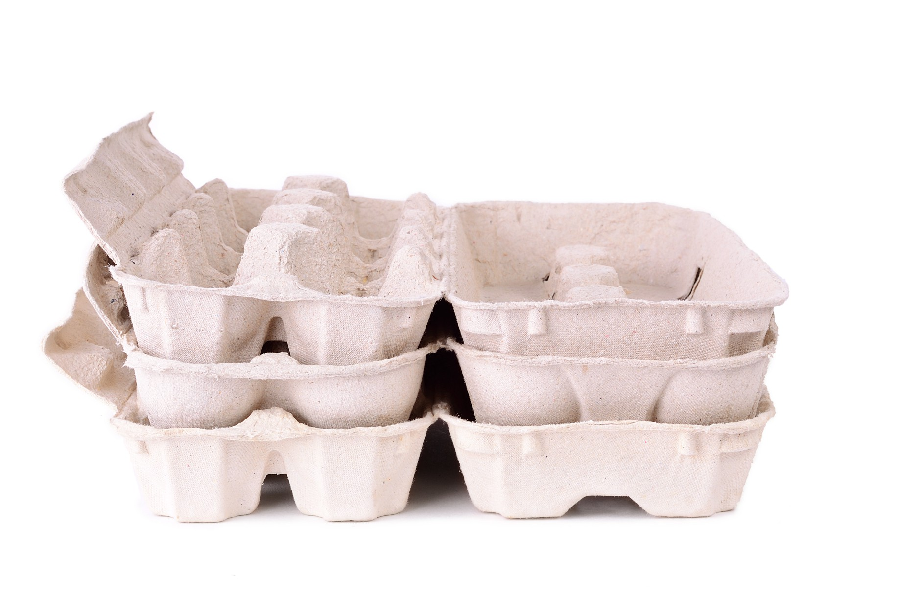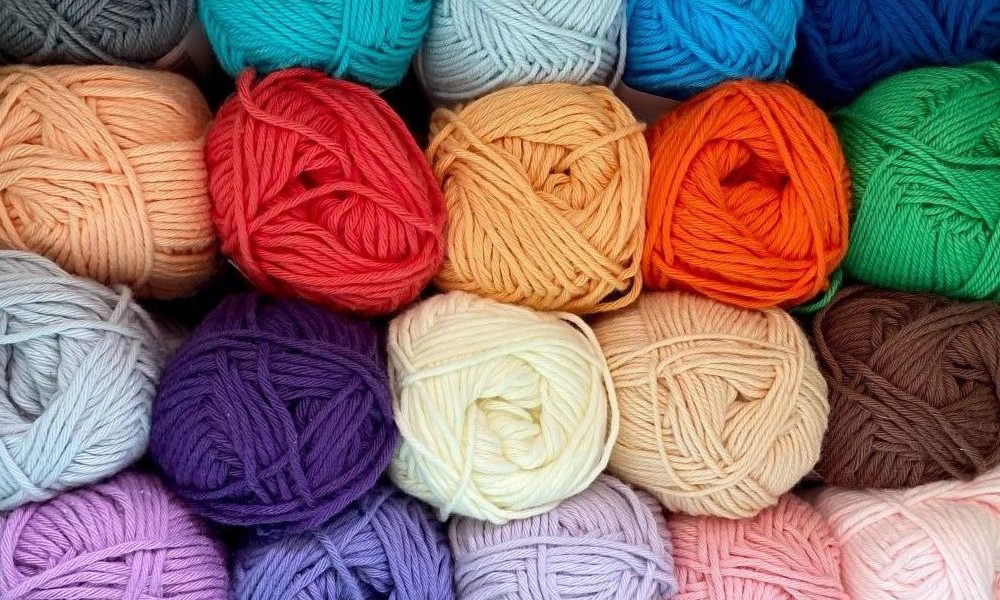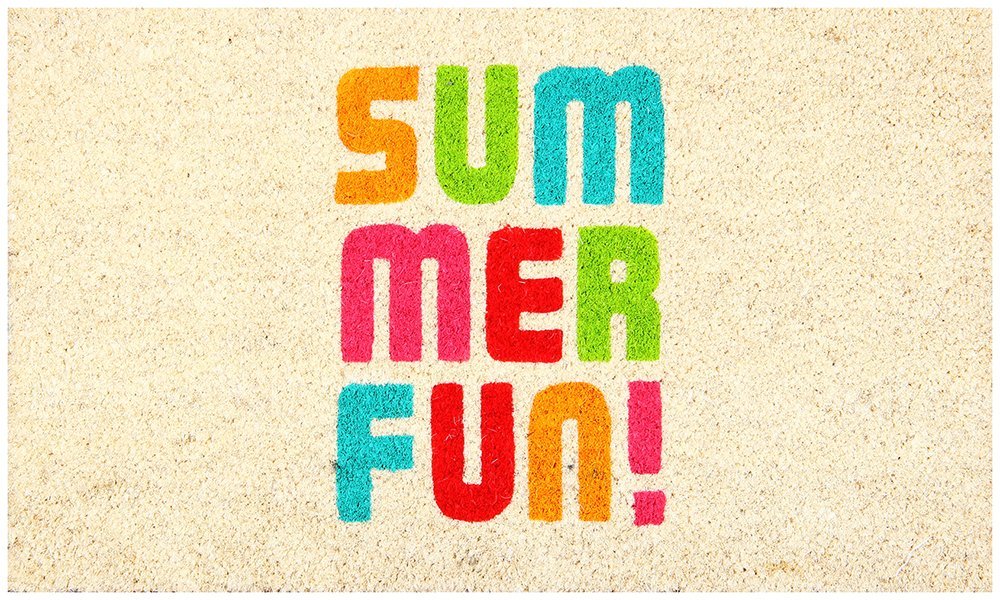
Development has been driven by a solid interest in sustainable packaging, prepared food sources, and different products in creating markets with fast populace development and growing working classes. Expanded interest for fiber-based packaging (just as paper) has prompted the development of seriously oversaw tree manors all throughout the planet, expanded gathering of wood from backwoods, and more noteworthy limits at mills. These pressing factors are required to proceed as worldwide creation in the pulp, paper, and distributing area is anticipated to increment to 500 million tons by 2023. Future development in utilization and creation will be driven generally by Asian economies as request reduces or then again decreases in exceptionally infiltrated, develop markets, for example, North America and Western Europe.
Are you investigating feasible and sustainable packaging for food? Then you’ve presumably known about fiber. Fiber food packaging items are probably the most harmless to the ecosystem alternatives out there. There’s a motivation behind why HC focused on moving to 100% fiber Packaging by 2020. Fiber-based Packaging items are economical and tantamount to customary items in both capacity and feel.
What is fiber Packaging, and how could it be made?
Fiber Packaging is delivered with reusable, inexhaustible, or biodegradable materials. It essentially finds usage in the development, synthetic, and food and refreshment enterprises. Companies produce fiber packaging using various materials. These incorporate reused content (like paper and cardboard) or normal filaments, for example, wood mash, bamboo, bagasse, and wheat straw.
The natural advantages:
Biodegradable – Both materials normally debase over the long haul. Wheat straw takes around a year to biodegrade normally. Bagasse decay rate fluctuates, relying upon dampness and warmth levels.
Compostable – Commercial treating the soil offices can compost wheat straw fiber in just 2–3 months and bagasse in 90 days.
Produced using sustainable assets – All fiber defensive bundling is produced using inexhaustible assets.
The food bundling benefits:
- Water and oil safe
- Can withstand high temperatures (up to 200°F)
- Microwave and cooler-safe
- Great toughness
- Compelling protection
At the point when you join the practical and ecological advantages, fiber is a magnificent option.
What is the eventual fate of fiber bundling?
As indicated in a 2019 report from McKinsey and Company, the fiber Packaging industry looks brilliant. A few significant food organizations have focused on utilizing fiber Packaging, including McDonald’s, which expects to change to 100% fiber bundling by 2025. Customers have additionally become progressively tireless, requesting maintainability with their purchasing power. Sustainable packaging gives a way to satisfy that developing need.
Fiber is solid, strong, and will work something similar, if worse, than the holders you’re utilizing now, just without the negative ecological results. We much offer exclusively printed fiber clamshells to join your marking for an essential client experience.
Can I get personalized advice on yarn selection at a yarn store?
October 26, 2023
Comments are closed.
-
What is an SEO agency?
September 23, 2021 -
Ways To Improve LOGO DOORMATS
April 28, 2023






